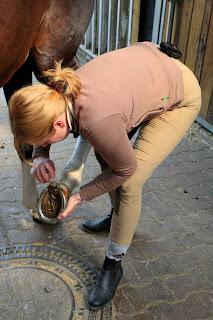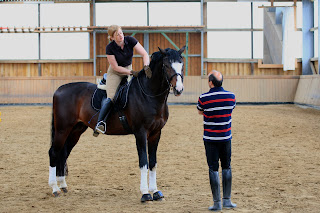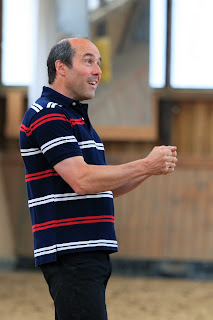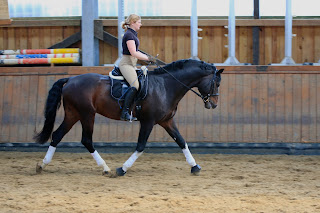Sunny/Cloudy:
1. Scarborough castle in evening sun. 1/1500sec @F8 ISO 400.
2. Scarborough castle in cloud. 1/1000sec @F8 ISO 400.
Although it's only half a stop difference, the cloudy picture is underexposed by at least another stop.
3. Diving Belle in low afternoon sun. 1/250sec @F8 ISO 200.
4. Diving Belle in cloud. 1/80sec @F8 ISO 200.
The low sun accentuates the difference between the yellow and blue images. About a stop and a half difference.
Here are two of my images that are improved by light cloud or haze. Too much contrast from full sun would lose some of the subtle tonal differences in the plumage of these two birds - this may be important for identification of some species, such as warblers, which have very similar green/brown plumage.
1. Short-eared Owl (it will win the staring world championships).
2. Juvenile Iceland Gull (subtle plumage differences can help to age the bird).
Three pictures in overcast conditions:
1. Camelia.
2. White flower (don't ask!). White things with detail come out better in hazy or cloudy conditions.
3. Dryads saddle. This was in a wooded glen, and detail in the deeper parts would be lost in full sun.
Rain: It hasn't rained for almost three months in North-east Yorkshire and the farmers are desperate. It wrecked my schedule for this exercise, but a short shower yesterday brought relief.
1. Rainbow: This was taken last year on a digital compact. It's interesting how the sky darkens between the inner and outer bows due to its refraction.
2. Car window and mirror: many years ago i used to visit the Impressions gallery in York, when they had a good exhibition on. I recall some very interesting images from a young lady (oriental, I think) who was driving around town at night in a beat-up 4x4 taking urban images through a rain spotted car window. Some were memorable. Here are two of mine that aren't. The car window also needs cleaning. They were also taken on a digital compact.
1. With mirror.
2. With rosebush.
































